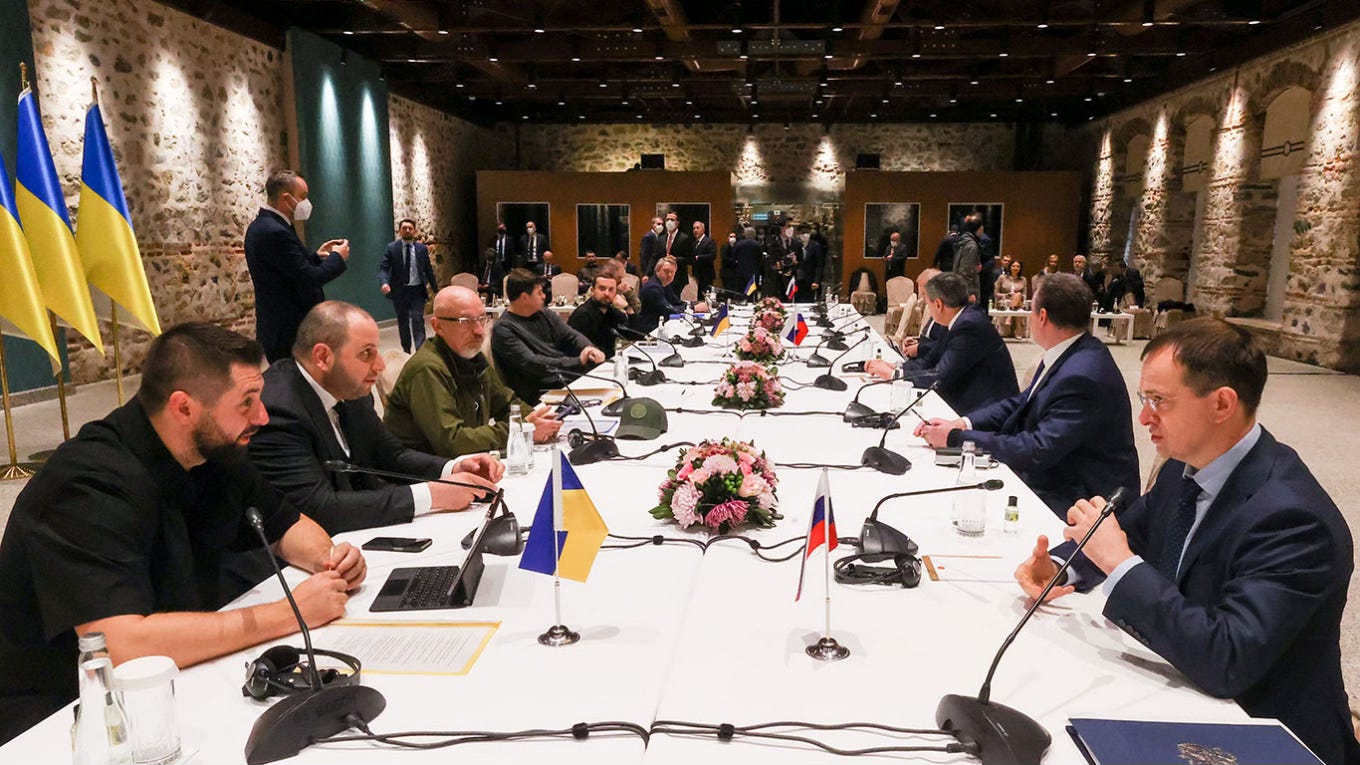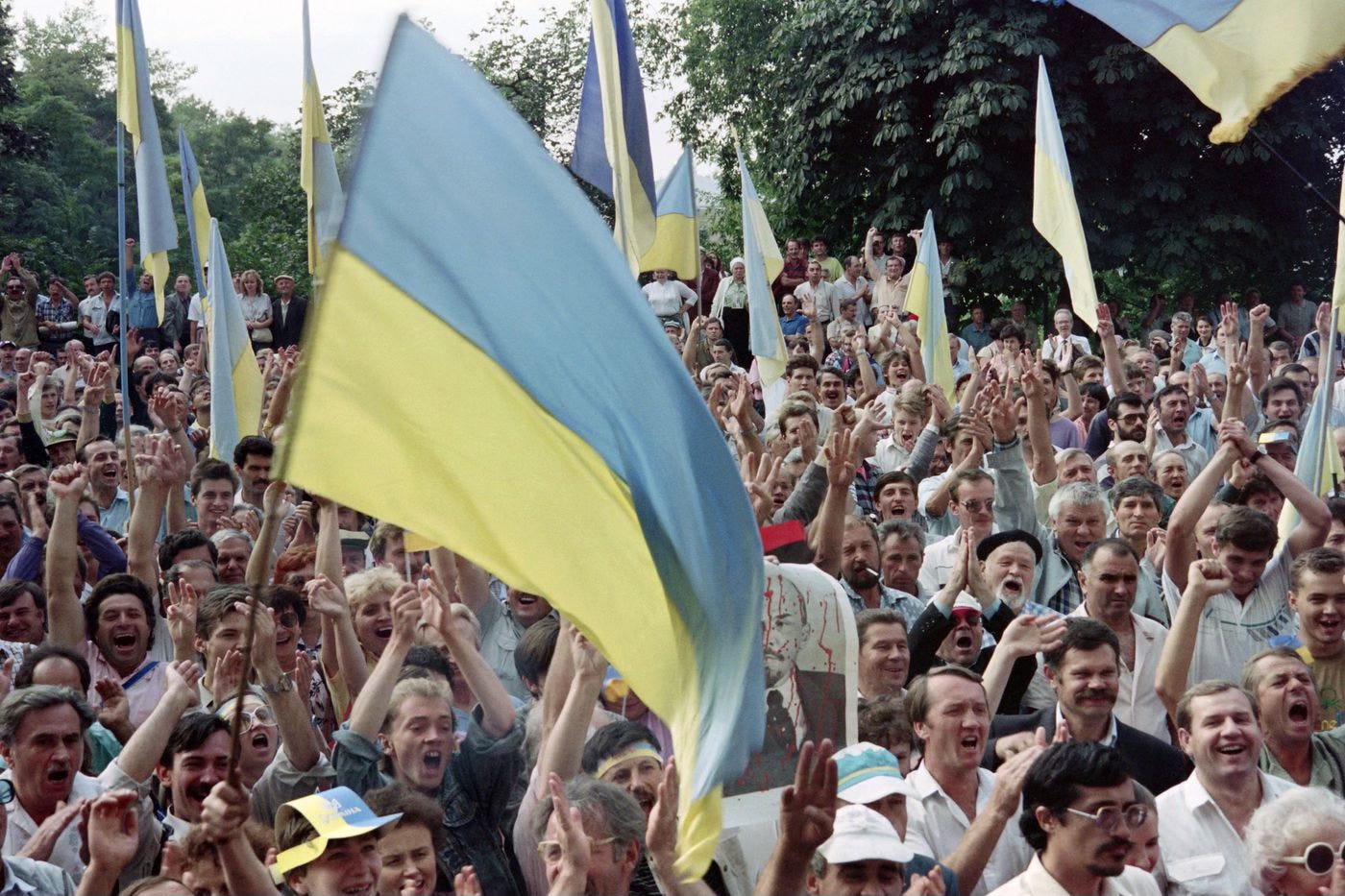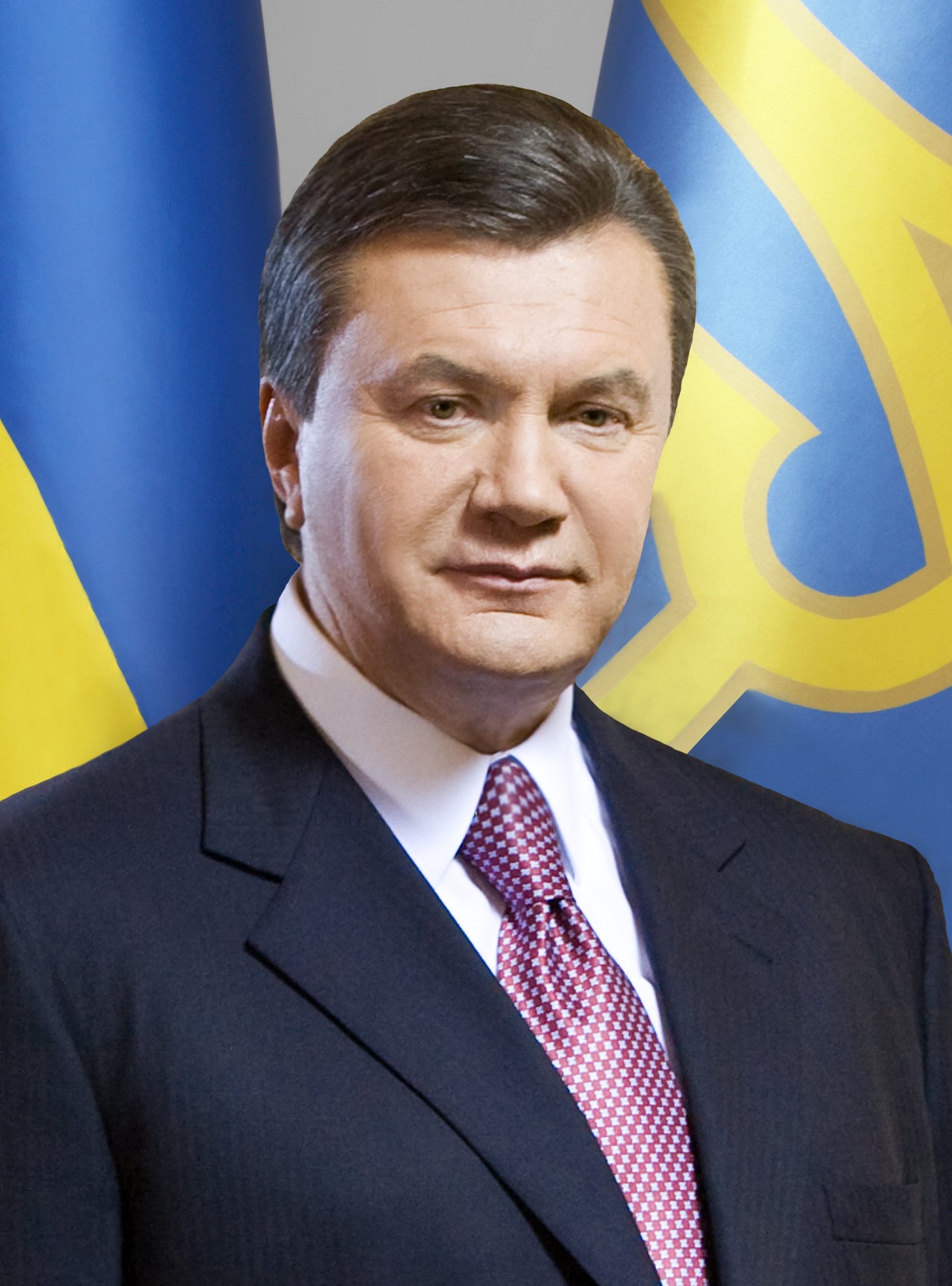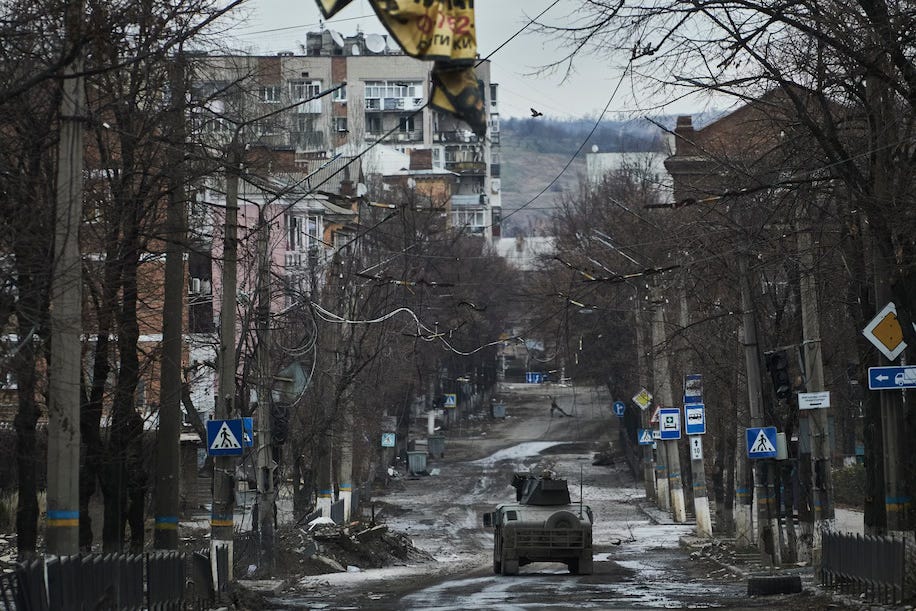Ukraine: From Independence to Invasion
In the waning days of the Soviet Union, Ukraine took its first bold steps towards independence.
On August 24, 1991, as Soviet leadership crumbled under the weight of internal dissent and the failed coup in Moscow, Ukraine’s parliament declared the country’s independence. The people of Ukraine solidified this decision on December 1, 1991, when more than 90% of voters endorsed sovereignty in a nationwide referendum, sending a clear message to the world that Ukraine was determined to chart its own course. This vote not only signalled the end of Soviet rule but also became a cornerstone in the dissolution of the USSR itself, which officially cased to exist just weeks later.
The decades that followed were anything but easy. Ukraine found itself walking a precarious tightrope, balancing internal divisions, political corruption, and the competing influences of Russia and the West. While some Ukrainians looked to Moscow for historical, cultural, and economic ties, others yearned for integration with Europe, hoping to escape that shadow of their Soviet past. The political landscape often reflected these tensions, swinging between pro-Russian and pro-European leaders, as oligarchs consolidated power and democratic institutions struggled to take firm root.
The tensions came to a head in late 2013, in what would prove to be a defining moment for Ukraine’s modern history. President Viktor Yanukovych, bowing to Russian pressure, abruptly rejected an association agreement with the European Union, sparking massive protests that would become known as the Revolution of Dignity. Over the course of several months, tens of thousands of Ukrainians occupied Kyiv’s central Maiden square, demanding closer ties to Europe, an end to corruption, and greater democratic freedoms. The movement reached a violent climax in February 2014 when government forces opened fire on protesters, killing more than 100 people. The bloodshed ultimately led to Yanukovych fleeing the country to Russian exile, and a new pro-Western government taking power.
The overthrow of Yanukovych triggered swift retaliation from Russia. In March 2014, under the guise of protecting Russian-speaking populations, Russian forces occupied and then annexed Crimea following a hastily organised and widely disputed referendum. Simultaneously, armed separatists blocked by Moscow ignited a brutal conflict in Ukraine’s eastern Donbas region, which quickly escalated into a drawn-out conflict. For the first time since independence, Ukraine was engaged in open conflict with its powerful neighbour.
Yet the worst was still to come. On February 24, 2022, the world awoke to a full-scale Russian invasion of Ukraine. Under the pretext of a “special military operation,” Russian troops stormed across the borders from multiple directions - north from Belarus, east from Russia, and south from Crimea. Russian forces quickly advanced towards the capital, Kyiv, with hopes of a swift victory and regime change. However, Ukrainian resistance was fierce, defying most international expectations. Ukrainian armed forces, bolstered by widespread civilian mobilisation and Western military support, repelled the initial Russian assault on Kyiv, forcing a withdrawal that marked the first major setback for Moscow.
The war evolved into a grinding, deadly conflict. In the spring and summer of 2022, Russia shifted its focus to the eastern and southern frontlines, capturing key cities like Mariupol after devastating sieges. However, Ukraine’s counteroffensives in late 2022 led to major territorial gains, including the liberation of Kharkiv and Kherson. In response, Russia formally annexed four partially occupied Ukrainian regions - Donetsk, Luhansk, Kherson, and Zaporizhzhia - in a move condemned globally as illegal.
Now, well into 2025, the war shows no sign of abating. The front lines have hardened into brutal trench warfare reminiscent of conflicts from a century ago. Russian forces have made incremental gains in areas such as Dnipro, while Ukraine continues to rely heavily on Western-supplied weaponry, drone technology, and a resilient population to hold its ground. Civilians remain trapped in the crossfire, with entire cities reduced to rubble and millions displaced both internally and abroad. In Russian-occupied territories, numerous reports from international observers have documented widespread human right abuses, including forced deportations, suppression of Ukrainian culture, and alleged war crimes.
Internationally, the war has reshaped alliances and power structures. Western nations have poured billions of dollars in aid into Ukraine, with advanced military equipment like air defence systems, tanks, and long-range missiles playing a critical role in Ukraine’s survival. Meanwhile, NATO has experienced a renewed sense of unity and expansion, with countries like Finland and Sweden joining the alliance in response to Russian aggression. Yet despite various diplomatic openings, peace negotiations remain elusive. Russian demands for territorial concessions remain unacceptable to Ukraine, which insists that the restoration of its territorial integrity is non-negotiable. High-level talks in Istanbul and elsewhere have failed to produce a sustainable ceasefire.

As the war drags on, analysts warn that a prolonged stalemate is likely, with no clear end in sight. The human cost continues to rise, with Ukrainian cities enduring daily bombardments and Russian soldiers suffering casualty rates not seen since the Soviet Union’s war in Afghanistan. Despite the devastation, Ukraine’s national identity has grown stronger, fuelled by a collective sense of resilience and defiance.
From the euphoria of independence in 1991 to the brutal realities of today’s war, Ukraine’s story has become one of extraordinary endurance. In facing one of the largest military powers in the world, Ukraine’s struggle has transcended its borders, becoming a symbol of democratic resistance against authoritarian aggression. As it stands today, Ukraine remains an embattled but unbowed nation - determined to defend its sovereignty, its democracy, and its place in the modern world.
Sources:






